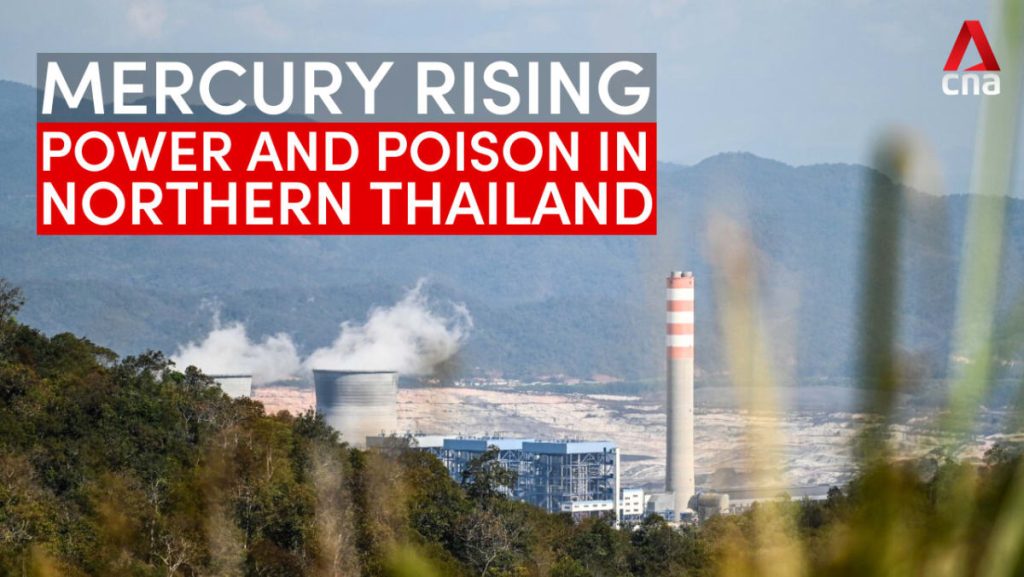Recently, a Thai community has been experiencing strange health issues and land degradation, with experts attributing the cause to a toxic spread from neighboring Laos. The toxins, which are believed to have originated from industrial activities in Laos, have been affecting the health of people in the community as well as damaging the land. This has raised concerns among residents and environmentalists about the impact of cross-border pollution on their wellbeing and environment.
The toxic spread from Laos has been linked to industrial activities that release harmful substances into the environment. This includes pollution from factories, mines, and other industrial sites that have been releasing toxins into the air and water, which have then spread to the Thai community. This has resulted in health issues such as respiratory problems, skin rashes, and other ailments among residents. Additionally, the land in the affected area has also been contaminated, leading to soil degradation and reduced agricultural productivity.
The spread of toxins from Laos to Thailand has raised concerns about the lack of regulations and enforcement of environmental standards in the region. The lax oversight of industrial activities in Laos has allowed the pollution to cross over into Thailand, affecting the health and livelihoods of communities on the other side of the border. This highlights the need for stronger regulations and enforcement mechanisms to prevent cross-border pollution and protect the environment and public health.
Efforts are being made to address the issue of toxic spread from Laos to Thailand, with local authorities and environmental groups working together to monitor and control the pollution. This includes conducting air and water quality tests, implementing measures to reduce emissions from industrial sources, and raising awareness among the local population about the risks of exposure to toxins. Additionally, there have been calls for increased collaboration between the two countries to address the root causes of the pollution and prevent further harm to the environment and communities.
The situation in the Thai community serves as a reminder of the interconnectedness of environmental issues across borders and the importance of international cooperation in addressing pollution. Cross-border pollution poses a significant threat to public health and the environment, requiring coordinated efforts to mitigate its impacts and prevent future occurrences. By working together to enforce environmental regulations, monitor industrial activities, and promote sustainable practices, countries can protect their populations and ecosystems from the harmful effects of toxic pollution.
Overall, the toxic spread from Laos to Thailand underscores the urgent need for stronger environmental regulations and enforcement mechanisms to prevent cross-border pollution and protect communities from the harmful effects of industrial activities. By addressing the root causes of pollution, raising awareness among the population, and promoting sustainable practices, countries can work towards a cleaner and healthier environment for present and future generations. Collaborative efforts at the local, national, and international levels are essential to address the challenges posed by cross-border pollution and ensure the wellbeing of communities on both sides of the border.


